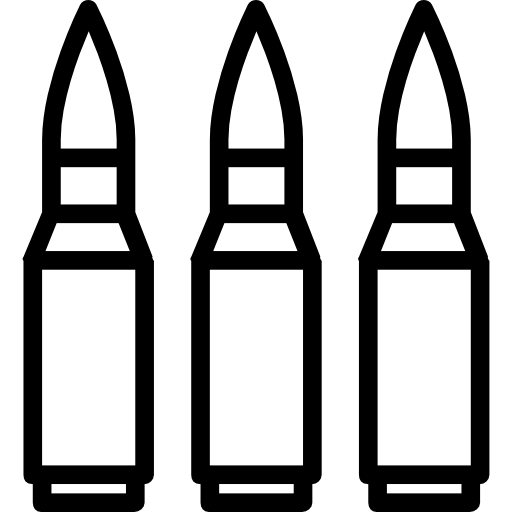Handgun Ammo
.45 ACP Ammo For Sale
Handgun Ammo
Handgun Ammo
Handgun Ammo
Handgun Ammo
Handgun Ammo
Handgun Ammo
Handgun Ammo
Handgun Ammo
Handgun Ammo
Handgun Ammo
Handgun Ammo
Handgun Ammo
Handgun Ammo
Handgun Ammo
.45 ACP Ammo | .45 Auto Ammunition
The . 45 ACP cartridge has a very slight taper, some 0.003” from case head rim to case mouth, so it can be considered a straight case for feeding purposes. The cartridge has changed only in the adoption of non-corrosive primers and different powder formulations in the mid-1950s, and it was known as “Cartridge, Ball, M1911, Cal. 45” for its entire military service life.
In the civilian world however, it has remained as popular as ever. Due to the existence of new generation jacketed hollow point bullets, it still retains its terminal ballistic advantages of expansion and consistent penetration compared to smaller bore diameter offerings. A recent detailed study indeed illustrated that the Federal HST 230gr standard pressure rounds offer 16” of penetration and consistent 0.85” of controlled expansion with no bullet fragmentation in an unofficial “FBI heavy clothing test” into simulated ballistic gelatin.
Different Types of .45 ACP Ammunition
Like other cartridges, the .45 ACP is available in a range of different types and styles. Some of the most common .45 Auto ammo includes:
- Full metal jacket (FMJ): .45 FMJ ammo features a lead bullet encased with a copper or other hard metal coating, helping the bullet keep its form until impact. People sometimes refer to these cartridges as full metal case (FMC) ammo.
- Jacketed hollow point (JHP): .45 ACP JHP ammo also has a lead bullet encased in a hard metal, but instead of a round ball, the bullet has a hollow point inside – which makes it expand on impact, increasing its stopping power.
- Advanced energy transfer (AET): AET ammo, also called frangible ammunition, looks like standard ammo, but when it hits its target, this bullet fragments into tiny pieces of composite materials (as long as the target is harder than the bullet).
- Total metal jacket (TMJ): Much like the FMJ, the TMJ features a bullet completely covered in a hard metal. The difference between the two is that FMJ ammo exposes a small amount of lead at the base of the bullet, but TMJ completely covers the bullet – minimizing the shooter’s lead exposure.








































